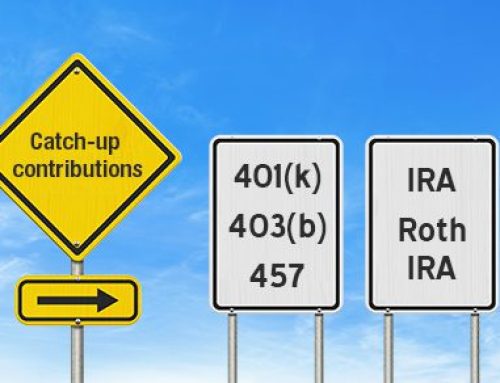 Risk can be defined as the potential for market losses or, on a more relative basis, for not keeping up with the Joneses. During a roaring bull period, when indexes and average investments are soaring, falling far behind the Joneses exemplifies another kind of risk.
Risk can be defined as the potential for market losses or, on a more relative basis, for not keeping up with the Joneses. During a roaring bull period, when indexes and average investments are soaring, falling far behind the Joneses exemplifies another kind of risk.
Risk-Return Ratio
How many units of loss would you be willing to accept for an extra unit of gains? Although there is no one correct answer, professional market strategists and traders often aim for a ratio of around one to three. The key is to stay ahead of losses over time, with a win rate of over 50%. The relationship varies according to different trading models and may require some trial and error to determine the appropriate ratio for a particular strategy.
To calculate the ratio, simply divide potential losses by potential rewards. Returns inhabit the denominator, and losses dwell in the numerator. To arrive at a reasonable number for expected losses, you can check out historical returns and projections and estimate their likelihood by weighing (multiplying) the probabilities of future outcomes. It is not a guarantee as to what will happen, but no one ever said it is easy to predict the future!
The inputs are dynamic and can change over time as the price of a security moves. In the long run, you yourself change — your own risk tolerance evolves through life, as most investors tend to become more cautious. As they approach retirement, they must monitor whether their new risk tolerance still aligns with their goals.
Many may shift away from stocks (riskier) and toward higher fixed-income allocations (more stable). Younger investors, who are still years from retirement, can likely afford to wait out market fluctuations. Those who expect a more limited stretch of income-producing years never want to be compelled to liquidate stocks at fire-sale levels to manage their budgets.
Many Faces of Risk
If the quandary were limited to stock prices, that would be challenging enough. Yet, risk has multiple dimensions, which compound as they interact with one another.
First, investors must consider asset risk, which impacts classes such as stocks and bonds. Equities are subject to the hazards of regulatory changes, tax developments, and corporate governance, while bonds depend on interest rates and individual defaults.
Second, it’s important to recognize that systemic risk is a fundamental aspect of every asset in any given market, and it impacts all of them simultaneously. For example, market downturns, inflation, or interest rate fluctuations tend to affect the entire market.
Third, portfolio risk is tied to the nature of your personal portfolio and may be inescapable. For example, you may be unable to avoid currency or sector risks according to your holdings.
Risk typically manifests as:
- Market — volatility, economic conditions, geopolitical currents, investor sentiment
- Credit — lending investments in cases where borrowers fail to make repayments
- Liquidity — inability to buy or sell fast at a fair price, such as real estate
- Operational — human or technological errors
- Geopolitical — ranging from wars to trade policies
- Regulatory — sectors such as health care, finance, and communications are frequently vulnerable
Managing Risk
There are many ways to manage and mitigate risk.
Start with diversification by spreading your holdings across assets, sectors, and industries by owning mutual funds or ETFs. You can also invest countercyclically in current economic trends, offsetting gains and losses; markets zig and zag in reaction to different forces. Bonds, stocks, and commodities all follow separate routes.
Keep rebalancing. When you need to derisk, add to less-risky holdings and trim more aggressive ones, such as high-yield debt, emerging market positions, or small caps.
More-advanced trading strategies include stopping losses and hedging techniques using options and futures.
We Can Help
If you have questions or want to talk more with a financial professional to evaluate your portfolio’s resilience, DWC’s wealth advisory team provides experienced and licensed financial advisors who can also help you simulate adverse scenarios by stress testing. Risk management is key to success and we can provide objective guidance, and tailored innovative strategies that address complex wealth management issues.

(970) 243-1921 | www.DWCWealthAdvisors.com
Investment advisory services offered through Global Retirement Partners, LLC (GRP) dba DWC Wealth Advisors, an SEC registered investment advisor. GRP and Dalby, Wendland & Co., P.C. are separate and unaffiliated entities.



